
Before we get into how grey imports of smartphones are once again on the rise in Nepal due to the absence of MDMS, let’s first take a look at how we got here. During the 2078-79 budget announcement, the Nepal government confirmed that they were finally implementing Mobile Device Management System (MDMS) from Shrawan 1.
What is MDMS?
In essence, this system would make grey (unauthorized) smartphones totally obsolete. That’s because MDMS will only recognize officially imported phones and grant them access to cellular connectivity.
On the contrary, illegally imported devices will be cut off from all Nepali telco’s networks. Meaning, you wouldn’t be able to make calls or access internet services on those phones. As one could imagine, the main objective of this initiation was so that the government would have a firm grasp on the domestic smartphone industry, which in turn will lead to increased tax revenues.
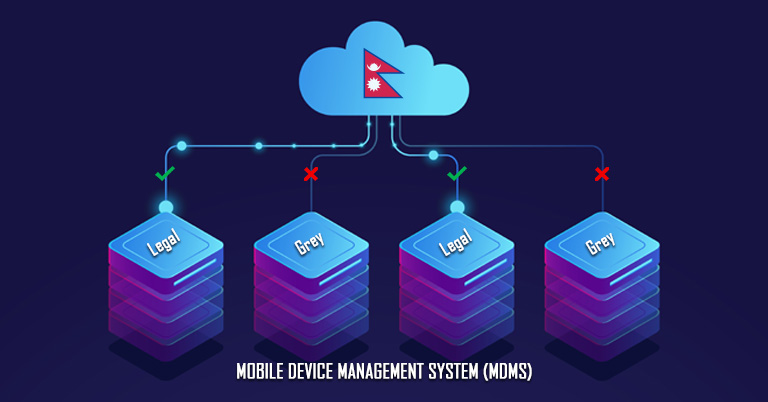
However, even after almost six months of the initial announcement, there has been no definitive progress yet. And sadly, there’s not a specified date as to when Nepal Telecommunications Authority (NTA) is going to implement MDMS either. What’s even worse is that MDMS was supposed to go live more than a year ago following the original project timeline.
Anyway, after the news about MDMS going live was announced during this year’s budget speech, the fear among the grey/unauthorized sellers in the market was palpable. Pair this with all the travel and flight restrictions due to the pandemic, the influx of unofficial imports was at an all-time low during this brief period.
Absent MDMS ➝ grey imports rise again
But as the Nepal government and countries worldwide have begun to loosen the COVID restrictions, borders have reopened and international flights from Dubai and Hong Kong have resumed. Since MDMS is nowhere in action, things are back to the way they were before; with illegal smartphones entering the Nepali border in large quantities.
Grey sellers are once again on the rise. And their confidence to sell grey and illegal phones has shot up as well.
THERE’s NO sense of fear in SELLING GREY, STOLEN PHONES RIGHT NOW iN NEPAL.
It’s almost like seeing the famous children’s story “The Boy Who Cried Wolf” play right in front of our eyes. The Nepal government has been “threatening” with MDMS implementation to no avail so many times that the illegal importers have become indifferent to this idea entirely. And the market is flooded with unauthorized/illegal phones.
Back in July, an anonymous source from NTA did confirm to merolagani.com that NTA had a lot of work cut out for itself in terms of importing proper infrastructure to implement MDMS. And the announcement during the budget speech was intended for show only.

Likewise, speaking with The Kathmandu Post, Mr. Purushottam Khanal (Senior Director, NTA) assured that 95% of the installation would be completed by mid-August. Fast forward to the final weeks of November, you can see for yourself how confidently people are selling such unofficial devices now.
Here, there, and everywhere
All the subtle/discrete practices of the past are now exponentially public. From Facebook, TikTok posts to listing such items on popular marketplaces like Hamrobazar, this partial implementation of MDMS has left zero marks on the domestic smartphone industry.
And looking at the market, iPhones and OnePlus phones fall under the list of most grey imports. In the case of Apple, Genxt Nepal—the authorized distributor—is only allowed to bring single SIM iPhones in the country. But many grey sellers are openly selling dual SIM iPhones. Besides, you can find such practices from authorized sellers too.
The thing is, Genxt Nepal recently expanded the number of retail outlets across the country. As you’d expect, most of them originally contributed to the rise of grey imports in Nepal due to the lack of MDMS.
Now, because they’ve received the “authorized seller” stamp to their name, selling illegally brought iPhones becomes doubly easier since the majority of people aren’t aware of how to distinguish between an official and an unofficial product in the first place. Or they simply don’t care.
@tamrakarmobilecomplexI phone 13 pro max 128gb / 256gb♬ original sound – NAREN OLI
Apart from missing regulation, it seems that the inefficacy of authorized distributors to meet the market demand is contributing to the rising volume of grey imports as well. With high market demand and low supply from the official channel, the resellers have no choice but to bring in unregistered handsets. After all, if one store doesn’t do it, the other eventually will.
Left with no choice—or better yet—a simple choice
So they can either stay faithful to the system that’s not in place and lose their business—or sell unauthorized phones to keep the lights on. You can easily guess which option they’re gonna choose! Furthermore, another reason sellers are so intent on bringing in grey iPhones is because of their high ASP (Average Selling Price)—or in simpler terms, higher profit margin.
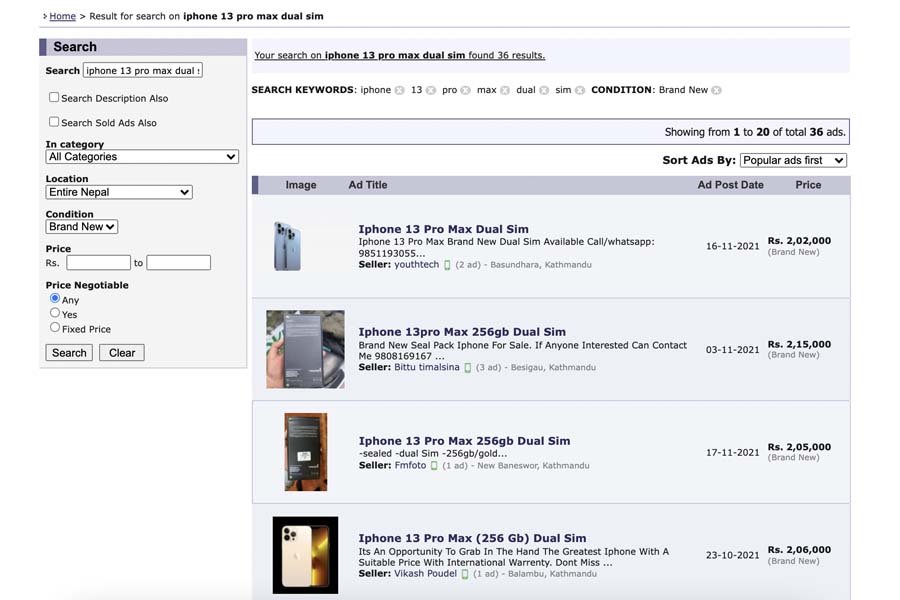
As we all know, iPhones are among the most expensive smartphones you could buy—and Apple doesn’t sell budget iPhones compared to how brands like Samsung, Xiaomi also sell budget phones besides their high-end models. So, while the profit margin on iPhones is much higher, the ones of Samsung and Xiaomi smartphones don’t really compare. In other words:
- Unmet market demand ➝ direct incentive for grey imports
- High profit margin product ➝ direct incentive for grey imports
On the other hand, we can see vendors openly selling the OnePlus 9R in Nepal. If you’re not aware, this is an India-exclusive phone that shouldn’t have arrived here if MDMS was in place. From Facebook ads to listings on the aforementioned marketplace like Hamrobazar, you can buy this phone without any hassle.
Not just Apple and OnePlus
To reiterate, iPhones and OnePlus phones are among the most pirated devices in Nepal—while this issue is rampant across smartphones of other brands like Xiaomi, Realme, and Samsung as well.
From the government’s perspective, such imports are a massive leak in terms of the country’s revenue source. The official process to import any smartphone by an authorized distributor includes paying 13% VAT and 2.5% excise duty; besides other stuff like getting type approval. But aside from the inflow of such untaxed devices,
there’s an even more glaring issue plaguing the Nepali smartphone market.
The ever-flourishing business of smartphone smuggling
Mostly thanks to the open border with India, smugglers bring in stolen smartphones from India in a massive quantity. And because of the nature of such illicit phones, buyers don’t get proper documentation (VAT bill) or accessories like a box and charger.
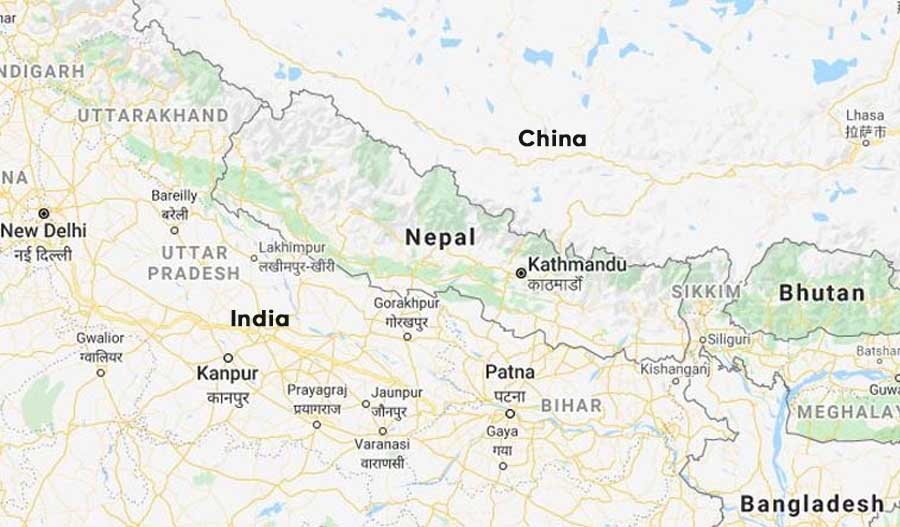
The smugglers sell such phones to mobiles stores for a lot less than what they would originally cost. As a result, thanks to the relatively minimal investment for such devices, grey stores can afford to sell these stolen phones with a huge markup to innocent customers.
In the case of grey imports, the government is losing a certain amount of revenue in the form of tax. However—as the name implies—illegal phones go one step beyond revenue loss. The Nepal government is practically helping the smartphone smuggling business grow by failing to keep such imports in check.
Who are the victims of all this?
Rounding it all up, who do you think are the biggest losers from the government’s incompetence to implement MDMS? It’s the consumers and the legitimate smartphone retailers, of course. From chances of getting refurbished products to the lack of proper after-sale services, buying from grey sellers has a lot of downfalls for an individual customer.
Moreover, as NTA consistently fails to bring MDMS into action, legit smartphone retailers are losing a big chunk of their business as well. In a market as price-sensitive as Nepal, most people tend to favor wherever’s cheaper.
Fulfilling all the legal processes, they obviously can’t match the price of grey stores that sell unauthorized/illegal phones. Therefore, the current situation is directly helping kill off legitimate businesses while promoting the ones that don’t abide by the law.
MDMS grey imports rise: What can be done?
Then how do you solve this mess? If you’ve been following the story so far, it’s pretty clear that the most effective measure is to speed up the implementation of MDMS.
It’s been quite some time since COVID restrictions have eased up globally. So, importing all the required infrastructure, human resources, and other assets to bring MDMS into operation should be the foremost priority of NTA. The project has already been delayed by so many times for one reason or another that the grey sellers are no longer worried about it.

And while all the preparations are being made, NTA could help tend to the wound a little by organizing sting operations in coordination with Nepal Police on frequent occasions. Until MDMS is fully up and running, this step is guaranteed to deliver positive results.
As for illegal phones that arrive via the Indian border, there’s no other way to control it than stricter border patrolling. Nepal simply can’t establish itself as a hub for stolen smartphones. Not only the Indian border, but large quantities of untaxed smartphones arrive by air as well.
According to the existing policy, a person can bring one extra handset for personal use or gift; besides their primary phone when entering Nepal. However, those that bring in a higher volume of devices with the intention to sell them should be held accountable as well.
Nepal simply can’t establish itself as a hub for stolen smartphones.
On top of this, authorized distributors should be more vigilant when it comes to regulating the actions of their verified retail partners or online stores. Like we said earlier, authorized stores have it easy when it comes to selling grey products. That’s because most people easily trust them thanks to their official status.
Is MDMS the ultimate solution?
Even after MDMS goes live, NTA should be active in regulating the actions of the official importers. This is to ensure that the vendors don’t abuse the local smartphone market. With virtually zero competition, smartphone brands have 100% control over which products to launch and which not to—alongside setting their prices.

With the existing grey market, they at least had some form of competition. The consumers also had more than one choice to buy their product.
All in all, MDMS has been long overdue for the Nepali smartphone market to stop the rise of grey imports. Besides, it also has other benefits like establishing safe purchases, promoting legitimate business, and increasing government revenue. For now, we can only urge NTA and other concerned authorities to speed up their work to bring in MDMS.
- Watch: MDMS explained (Nepali)






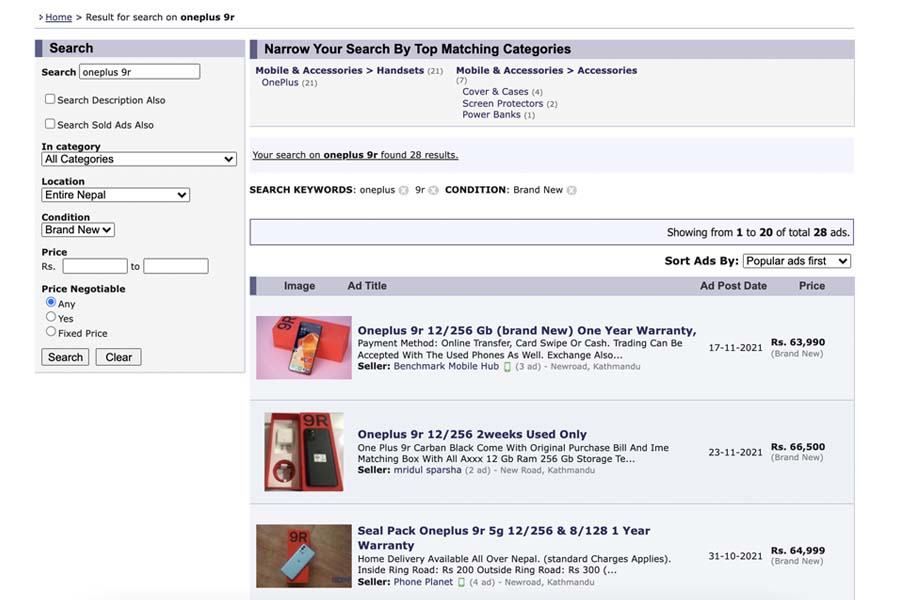
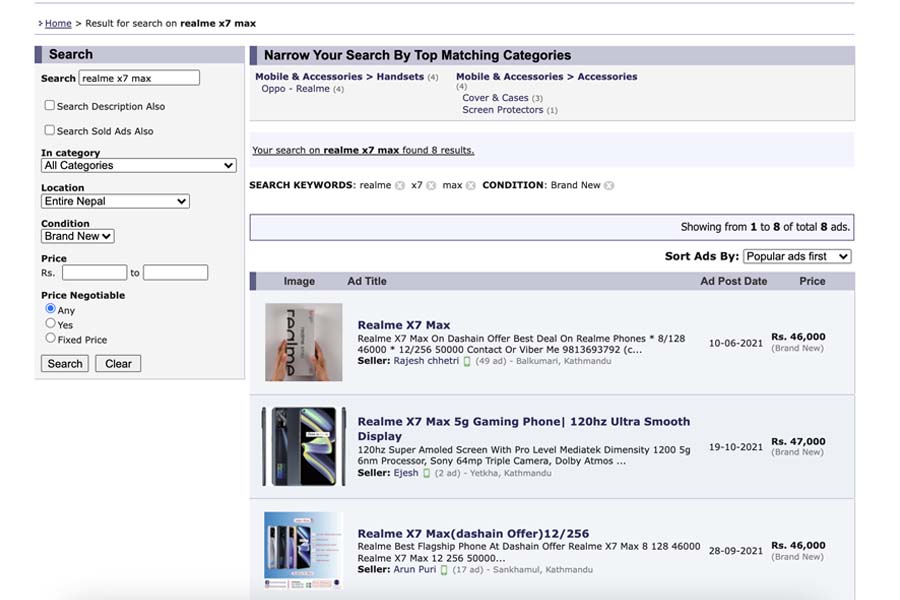


![Best Gaming Laptops in Nepal Under Rs. 250,000 (रु 2.5 Lakhs) [2025] Best Gaming Laptops Under 2.5 lakhs in Nepal [Feb 2025 Update]](https://cdn.gadgetbytenepal.com/wp-content/uploads/2025/02/Best-Gaming-Laptops-Under-2.5-lakhs-in-Nepal-Feb-2025-Update.jpg)
![Best Gaming Laptops in Nepal Under Rs. 120,000 (रु 1.2 Lakhs) [2025] Best Budget Gaming Laptops Under Rs 120000 in Nepal 2025 Update](https://cdn.gadgetbytenepal.com/wp-content/uploads/2025/05/Best-Budget-Gaming-Laptops-Under-Rs-120000-in-Nepal-2024-Update.jpg)
![Best Laptops Under Rs. 80,000 in Nepal [2025] Best Laptops Under 80,000 in Nepal March 2025 Update](https://cdn.gadgetbytenepal.com/wp-content/uploads/2025/03/Best-Laptops-Under-80000-in-Nepal-March-2025-Update.jpg)
![Best Gaming Laptops in Nepal Under Rs. 200,000 (रु 2 Lakhs) [2025] Best gaming lapotp under 2 lakhs Nepal Feb 2025](https://cdn.gadgetbytenepal.com/wp-content/uploads/2025/01/Best-Gaming-Laptops-Under-2-Lakh-Nepal-Feb-2025-Update.jpg)

![Best Mobile Phones Under Rs. 15,000 in Nepal [Updated 2025] Best Phones Under 15000 in Nepal 2024 Budget Smartphones Cheap Affordable](https://cdn.gadgetbytenepal.com/wp-content/uploads/2024/03/Best-Phones-Under-15000-in-Nepal-2024.jpg)
![Best Mobile Phones Under Rs. 20,000 in Nepal [Updated] Best Mobile Phones Under NPR 20000 in Nepal 2023 Updated Samsung Xiaomi Redmi POCO Realme Narzo Benco](https://cdn.gadgetbytenepal.com/wp-content/uploads/2024/01/Best-Phones-Under-20000-in-Nepal-2024.jpg)
![Best Mobile Phones Under Rs. 30,000 in Nepal [Updated 2025] Best Phones Under 30000 in Nepal](https://cdn.gadgetbytenepal.com/wp-content/uploads/2025/01/Best-Phones-Under-30000-in-Nepal.jpg)
![Best Mobile Phones Under Rs. 40,000 in Nepal [Updated 2025] Best Phones Under 40000 in Nepal 2024 Smartphones Mobile Midrange](https://cdn.gadgetbytenepal.com/wp-content/uploads/2024/02/Best-Phones-Under-40000-in-Nepal-2024.jpg)
![Best Mobile Phones Under Rs. 50,000 in Nepal [Updated 2025] Best Phones Under 50000 in Nepal](https://cdn.gadgetbytenepal.com/wp-content/uploads/2025/01/Best-Phones-Under-50000-in-Nepal.jpg)
![Best Flagship Smartphones To Buy In Nepal [Updated] Best flagship phone 2025](https://cdn.gadgetbytenepal.com/wp-content/uploads/2024/07/Best-Flagship-Phones-who-is-it-ft-1.jpg)